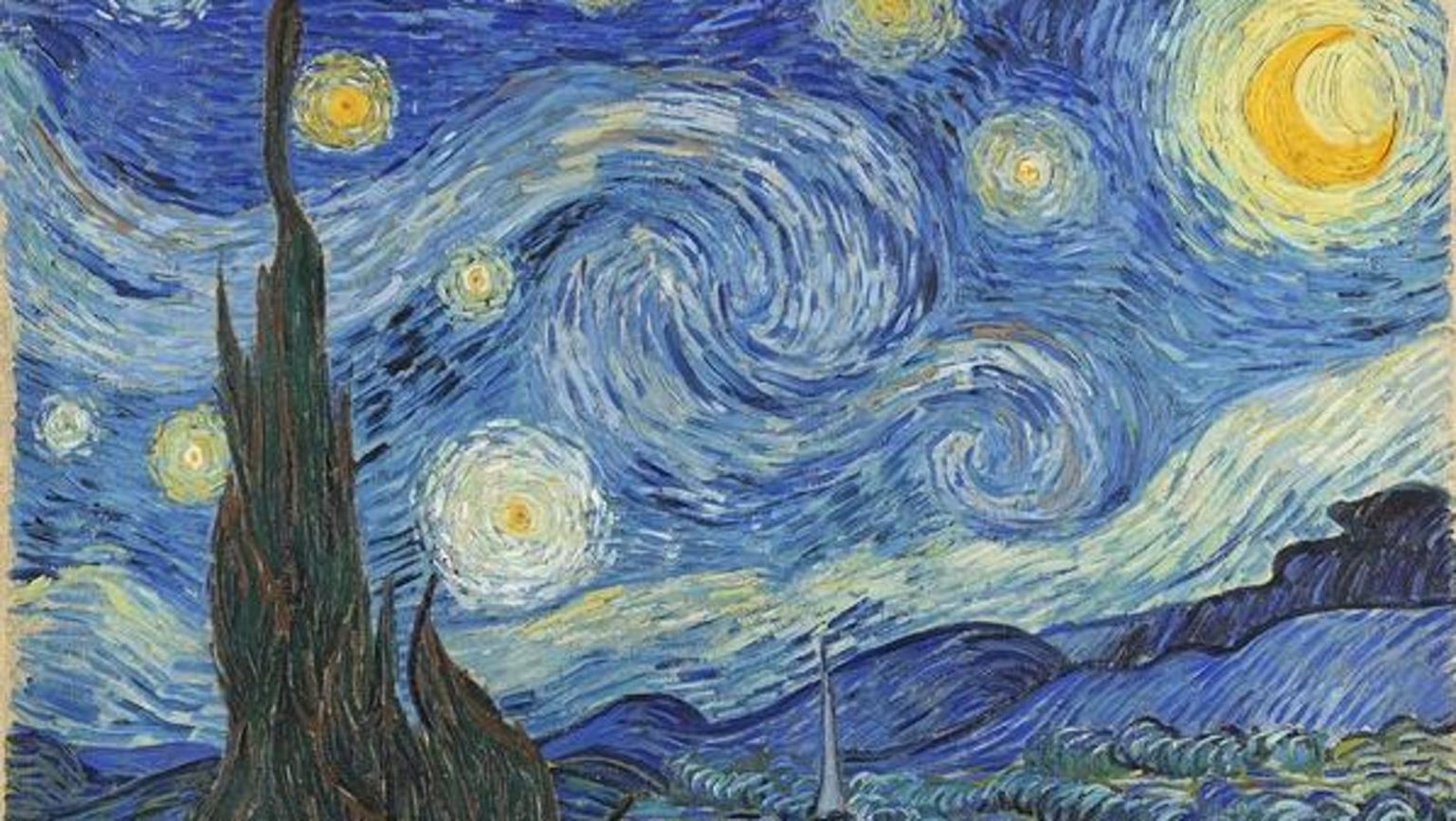Scientists have recently discovered a new species of gecko in the forests of southern India that bears a striking resemblance to Vincent Van Gogh’s famous painting, “The Starry Night.” The gecko, named Cnemaspis vangoghi, features a yellow-gold forebody and light blue spots and lines on its back and head, reminiscent of the vivid multicolored swirls in the Dutch painter’s artwork. This new species was described in a study published in the journal ZooKeys by scientists from the Indian conservation nonprofit Thackeray Wildlife Foundation, who also named a second species, Cnemaspis sathuragiriensis, after its home in the Sathuragiri Hills.
The Van Gogh gecko has garnered significant attention due to its famous namesake. Mumbai artist and marine biologist Gaurav Patil created a whimsical illustration of a gecko serving as a canvas for “The Starry Night” and shared it on Instagram. The Thackeray Wildlife Foundation also created an illustration of Van Gogh himself drawing a gecko, adding an element of humor to the discovery. The little Van Gogh gecko can reach up to 1.5 inches in length and is usually active during the day, primarily seen on rocks and tree trunks in the early morning and evening hours. Both newly described gecko species have only been found in limited locations within the state of Tamil Nadu.
Van Gogh’s iconic painting, “The Starry Night,” captures the view from his asylum room in Saint-Rémy-de-Provence just before sunrise. Painted during a prolific period in the artist’s life, the artwork symbolizes his struggles with mental illness. Van Gogh tragically took his own life at the age of 37, leaving behind a legacy of artistic brilliance. The newly discovered gecko species pays homage to this renowned artist while highlighting the biodiversity of the forests in Tamil Nadu. The state is known for its exceptional diversity of wildlife, and the discovery of these new gecko species underscores the importance of conservation efforts in the region.
As the world celebrates Van Gogh’s birthday on March 30th, the artist’s work continues to inspire and captivate audiences across different mediums. The traveling exhibit “Immersive van Gogh” immerses viewers in digital projections, animations, light, and music featuring Van Gogh’s masterpieces. In Paris, an interactive AI-powered Van Gogh exhibit at the Musée D’Orsay allows visitors to ask questions about life, death, and art to a virtual representation of the artist. Despite the cultural resurgence of Van Gogh’s work, it is unlikely that he would have anticipated sharing his name with a colorful gecko species found in the forests of India.
The discovery of the Van Gogh gecko is just one of the many new species that scientists aim to name and study in the biodiverse state of Tamil Nadu. The research team expects to name over 50 new species of lizards by the end of their expeditions, shedding light on the rich biodiversity of the region. By uncovering these unique gecko species and other wildlife, researchers hope to raise awareness about the importance of conservation and preservation efforts in protecting the natural habitats of these creatures. The Van Gogh gecko serves as a colorful reminder of the interconnectedness between art, nature, and conservation, inspiring curiosity and appreciation for the wonders of the natural world.


